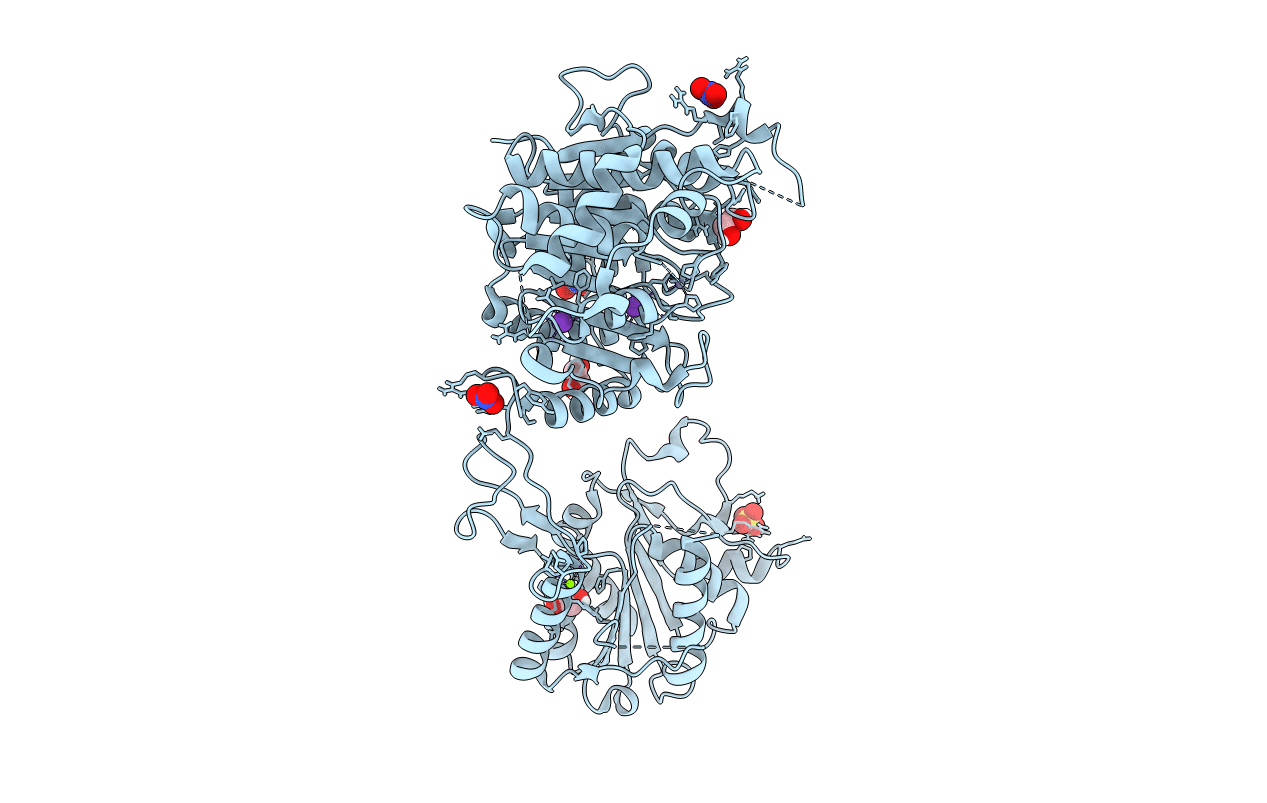
Deposition Date
2016-03-03
Release Date
2016-04-20
Last Version Date
2024-01-10
Entry Detail
Biological Source:
Source Organism:
Schizosaccharomyces pombe 972h- (Taxon ID: 284812)
Host Organism:
Method Details:
Experimental Method:
Resolution:
2.40 Å
R-Value Free:
0.22
R-Value Work:
0.18
R-Value Observed:
0.18
Space Group:
C 2 2 21


